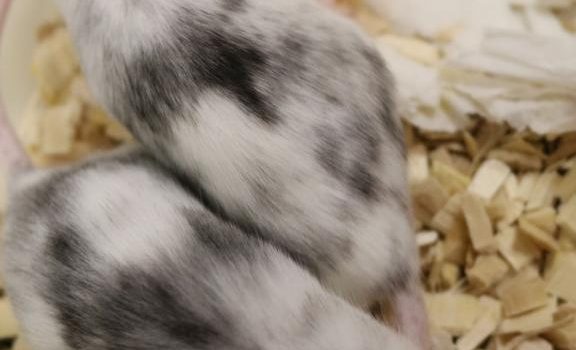The Francis Crick Institute, in partnership with the University of Kent, has employed gene-editing technology to construct 100% efficient female-only and male-only mouse litters.
This proof-of-concept study, which was published in Nature Communications, shows how the technology could be used to improve animal wellbeing in scientific research and possibly agriculture.
Male and female animals are frequently required in scientific research and husbandry. Laboratory research into male or female reproduction, for example, necessitates only animals of the examined sex. In addition, only female animals are needed for egg production and dairy herds in farming. This means that animals of the unrequired sex are routinely culled after birth.
The researchers’ innovative technology inactivates embryos shortly after fertilization using a two-part genetic system, allowing just the preferred sex to develop. Culling in both industries might be greatly reduced if a genetically based strategy for controlling offspring’s sex could be developed.
The embryos were chosen because CRISPR-Cas9 has two components: The Cas9 enzyme, which breaks DNA and allows scientists to change particular sections, and the guide RNA, which directs Cas9 to the correct position on the genome. One component of the system was placed on the father’s X or Y chromosome, ensuring that only female or male embryos will inherit it. The other component comes from the mother and is passed down to all embryos.

The researchers were able to control the sex of a litter with 100% effect using this way. The researchers modified the father’s X chromosome to produce a male-only litter, meaning only females inherited the harmful mutation, and then edited the Y chromosome to produce a female-only litter. Surprisingly, the approach did not result in a 50% reduction in the number of offspring produced; instead, litter sizes ranged from 61% to 72% of the control litters.
The targeted Top1 gene is conserved among animals, according to the researchers, thus the strategy could be used in other situations where controlling the sex of children is beneficial. More research is needed to see how well it works in other animals, but for now, laboratory mice could be used.


